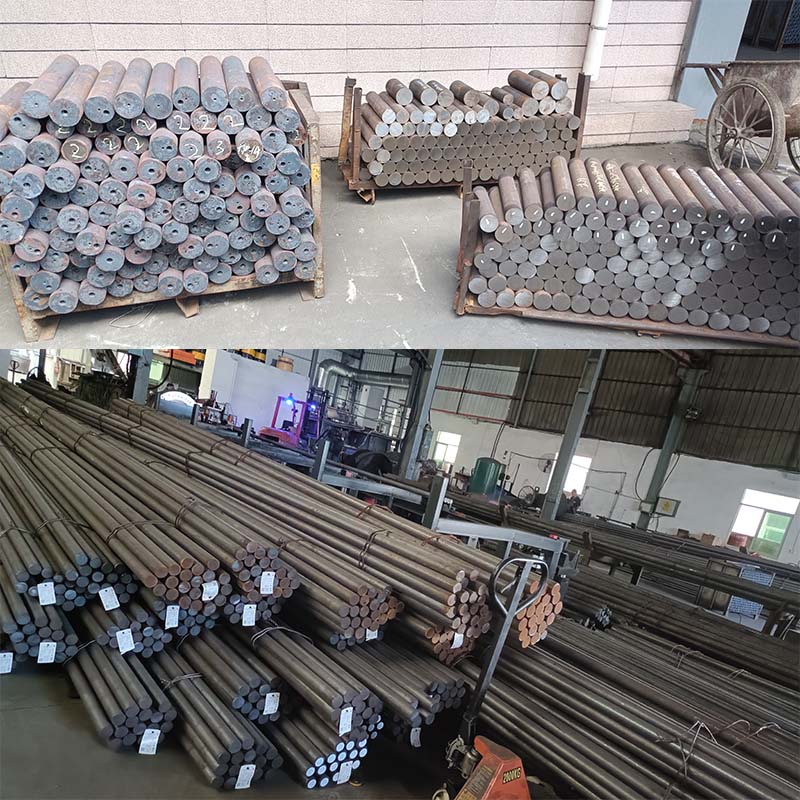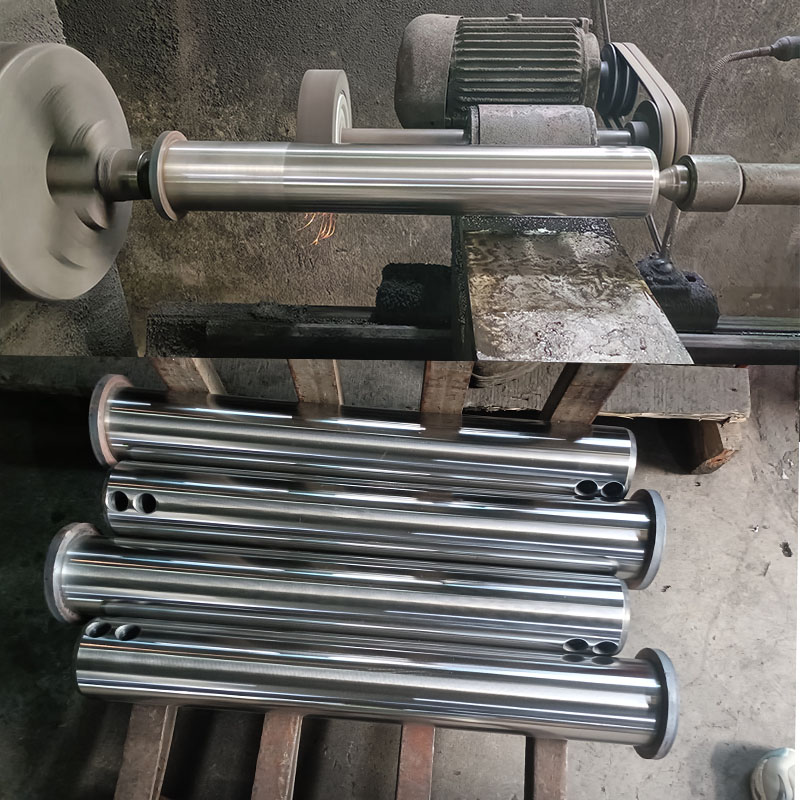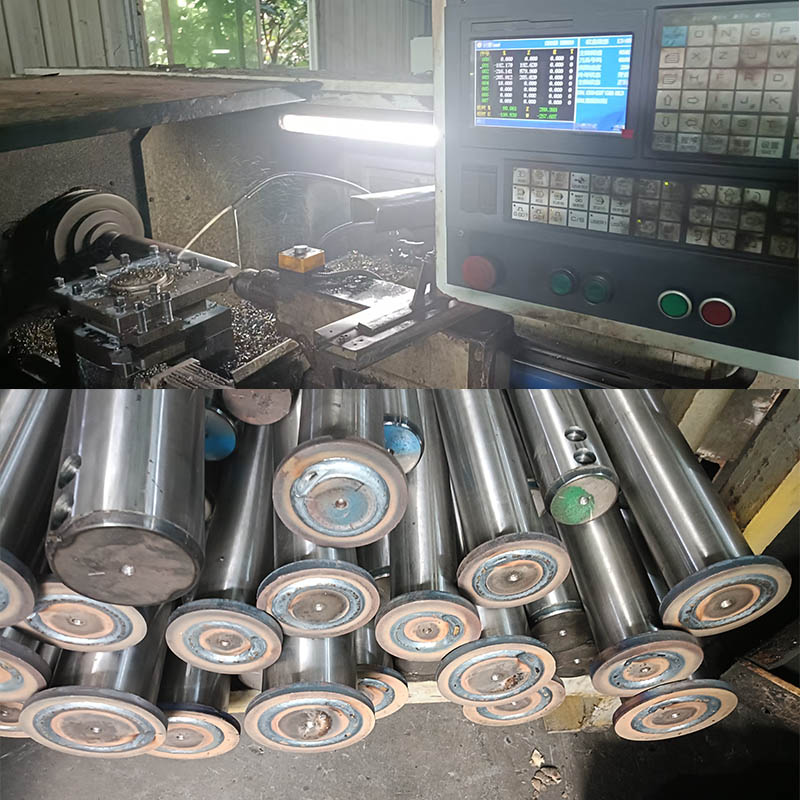In the demanding world of excavation, bucket pins are the critical, often overlooked, linchpins connecting your machine’s power to its productivity. These hardened steel cylinders bear immense shear forces, torsional stress, and abrasive wear every single working hour. At Quanzhou Peers Construction Machinery parts Co., Ltd. , we engineer bucket pins for exceptional durability, but their ultimate lifespan and safe operation depend heavily on correct usage and meticulous maintenance. Neglecting these vital components can lead to catastrophic failure, costly downtime, significant repair bills, and compromised worksite safety. This guide outlines essential precautions to maximize pin performance, protect your investment, and ensure operator safety.

A. Precautions Before Installation: Setting the Stage for Success
1.Correct Pin Identification:
NEVER assume interchangeability.
Using a pin not explicitly specified for your exact excavator model, arm configuration, and bucket type is a recipe for disaster. Pins vary significantly in diameter, length, hardness grade, and design (e.g., flanged, stepped, greased, or ungreased). Always cross-reference the OEM part number or use precise specifications provided by Quanzhou Peers Construction Machinery parts Co., Ltd. or your equipment manufacturer.
2.Thorough Inspection (New & Used):
(1.) Visual Check: Examine the entire surface for cracks, deep nicks, gouges, bending, or excessive wear (especially ovalization). Even minor defects can be stress concentrators leading to sudden failure.
(2.) Dimensional Check: Measure diameter at multiple points along the length and circumferentially. Significant wear (often exceeding 1mm reduction in diameter) or ovalization indicates the pin must be replaced. Check length against specifications.
(3.) Bushing & Linkage Inspection: CRITICAL! Installing a new pin into worn bushings or distorted linkage ears is futile and damaging. Inspect bushings for excessive internal clearance, scoring, cracks, or spinning in their housings. Check linkage ears for cracks, deformation, or elongation of the pin bore. Replace worn bushings and repair damaged linkage simultaneously with the pin.
B. Proper Handling & Storage: Avoid dropping pins onto hard surfaces. Store them horizontally on sturdy racks in a clean, dry environment to prevent corrosion and distortion. Protect greasable pins by keeping lubrication ports sealed until installation.
C. Precautions During Installation: Precision is Paramount
(1.) Immaculate Cleanliness: This cannot be overstated. Dirt, sand, grit, or metal particles introduced during installation act as grinding paste, accelerating wear exponentially. Thoroughly clean the pin bores in the linkage arms, bucket, and any shims or spacers. Clean the new pin itself, removing any protective coating from the bearing surfaces only. Use lint-free rags.
(2.) Correct Alignment: Use proper lifting equipment to align the bucket perfectly with the linkage arms. NEVERfor ce components into alignment using the pin itself or hammering. This bends pins and damages bores. Use alignment bars or drift pins if necessary.
(3.) Proper Insertion Technique:
D. Lubrication: Generously apply the correct, recommended high-pressure grease (often lithium complex EP grease) to the pin's bearing surfaces and the inside of the bushings before insertion. This provides initial lubrication and helps exclude contaminants. Ensure grease passages are clear on greasable pins.
E. Gentle Persuasion: Use a soft-faced mallet (brass, copper, or heavy rubber) or a hydraulic press to start and drive the pin. NEVER strike the pin directly with a steel hammer, as this can damage the pin ends, create stress points, or cause deformation. Apply force evenly.
F. Full Seating: Ensure the pin is fully seated against shoulders or retaining mechanisms at both ends. Verify correct positioning of any flanges or grooves.
E. Secure Retention: Install retaining mechanisms (lock plates, bolts, snap rings, keeper pins) immediately and correctly. Torque bolts to the manufacturer's specifications using a calibrated wrench. Bent or improperly secured retainers are a common cause of pins walking out. Double-check security after initial operation.

H. Precautions During Operation: Minimizing Abuse & Wear
(1.) Avoid Excessive Side Loading: While some side force is inevitable, operators should minimize severe side digging or prying motions that place extreme bending stress on pins and distort linkage ears.
(2.) Prevent Shock Loading: Avoid dropping the bucket heavily onto unyielding surfaces (like solid rock or concrete) from height. This generates massive impact forces that can bend pins, crack components, or instantly exceed material fatigue limits.
(3.) Stay Within Machine Capability: Don't use the bucket for tasks it wasn't designed for (e.g., heavy hammering, lifting loads beyond capacity, ripping extremely hard material). This overloads the entire linkage, with pins being a primary failure point.
(4.) Monitor for Unusual Noises/Vibrations: Clunking, banging, or excessive play in the bucket during operation are often the first signs of pin or bushing wear. Investigate immediately.
I. Critical Maintenance Precautions: The Key to Longevity
Regular Lubrication (Greasable Pins):
(1.) Follow OEM Schedule: Adhere strictly to the excavator manufacturer's lubrication intervals – often every 8-10 operating or daily in severe conditions.
(2.) Purge Contaminants: Pump grease slowly and steadily until clean grease emerges from all purge points (seals). This displaces water and abrasive particles. Wipe away all old, purged grease.
(3.) Use Correct Grease: Use only the high-pressure, extreme-pressure (EP) grease specified by the OEM or recommended by [Your Factory Name]. Standard grease lacks the necessary film strength.
(4.) Frequent Visual Inspections: Make it a routine (e.g., during daily walk-around checks) to look for:
* Retainers: Are they secure, unbent, and in place?
* Grease Seals: Are they intact and not leaking excessively?
* Visible Wear/Gaps: Is there excessive play between the pin and the bucket/linkage? Look for rust streaks indicating seal failure.
* Cracks/Damage: Inspect the pin ends and surrounding linkage areas.
* Periodic Wear Measurement: During scheduled maintenance, measure pin diameter at key points. Compare to original specs and previous measurements to track wear rates. Replace pins proactively *before* they reach minimum safe diameter or cause bushing/linkage damage.
* Address Seal Failures Immediately: Damaged or leaking grease seals allow contaminants in and grease out. Replace seals promptly to protect the pin and bushing interface.
* Proactive Replacement: Don't wait for a pin to fail catastrophically. Establish wear limits based on OEM guidelines or your experience. Replacing a pin and bushings before they destroy the linkage ears is vastly cheaper than major repairs.

Bucket pins are fundamental to your excavator's structural integrity, efficiency, and safety. Treating them as disposable items is a costly misconception. By rigorously adhering to these precautions–selecting the correct pin, ensuring flawless installation, operating responsibly, and committing to diligent, proactive maintenance – you dramatically extend pin and bushing life, minimize unplanned downtime, reduce total operating costs, and most importantly, safeguard your operators and work site. At [Your Factory Name], we stand behind the quality of our pins. Partner with us and your maintenance team to ensure these vital links perform reliably, shift after shift. Remember: caring for your pins is caring for your entire machine and your bottom line. Invest in prevention for
maximum return on investment.
